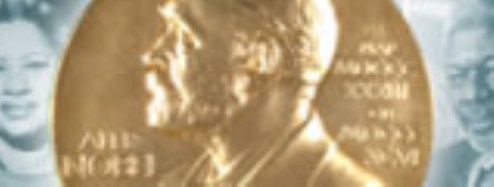
The Nobel Prize in Physics for 2008 was awarded on October 7 to three scientists working on two separate projects. Congratulations to Yoichiro Nambu, Makoto Kobayashi, and Toshihide Maskawa. The three are being recognized for their work in theoretical particle physics that deals with broken symmetries.
Yoichiro Nambu of the US received the award “for the discovery of the mechanism of spontaneous broken symmetry in subatomic physics.” His discoveries from the 1960s have had an important influence on the Standard Model. Nambu is currently employed at the University of Chicago’s Enrico Fermi Institute.
Makoto Kobayashi and Toshihide Maskawa, both of Japan, won "for the discovery of the origin of the broken symmetry which predicts the existence of at least three families of quarks in nature." Kobayashi, now at High Energy Accelerator Research Organisation in Tsukuba, and Maskawa, at the Yukawa institute for Theoretical Physics at Kyoto University, predicted the existence of a new family of quarks in the early 1970s. It was only three decades later that their full predictions were proven true.
The violation of symmetry is important for understanding the prevalence of matter in the universe, as opposed to equal amounts of matter and anti-matter. It is hoped that discoveries at the Large Hadron Collider will help expand on the theories of these three scientists.
In accordance with the Nobel Prize rules, Nambu will receive half of the $1.4 million monetary prize while Kobayashi and Maskawa split the other half of the prize equally between them. The official awarding will take place on December 10.
Pictures courtesy of Nobelprize.org and stock.xchng.
By Kaitlan Huckabone
TRIUMF's Communications Assistant
